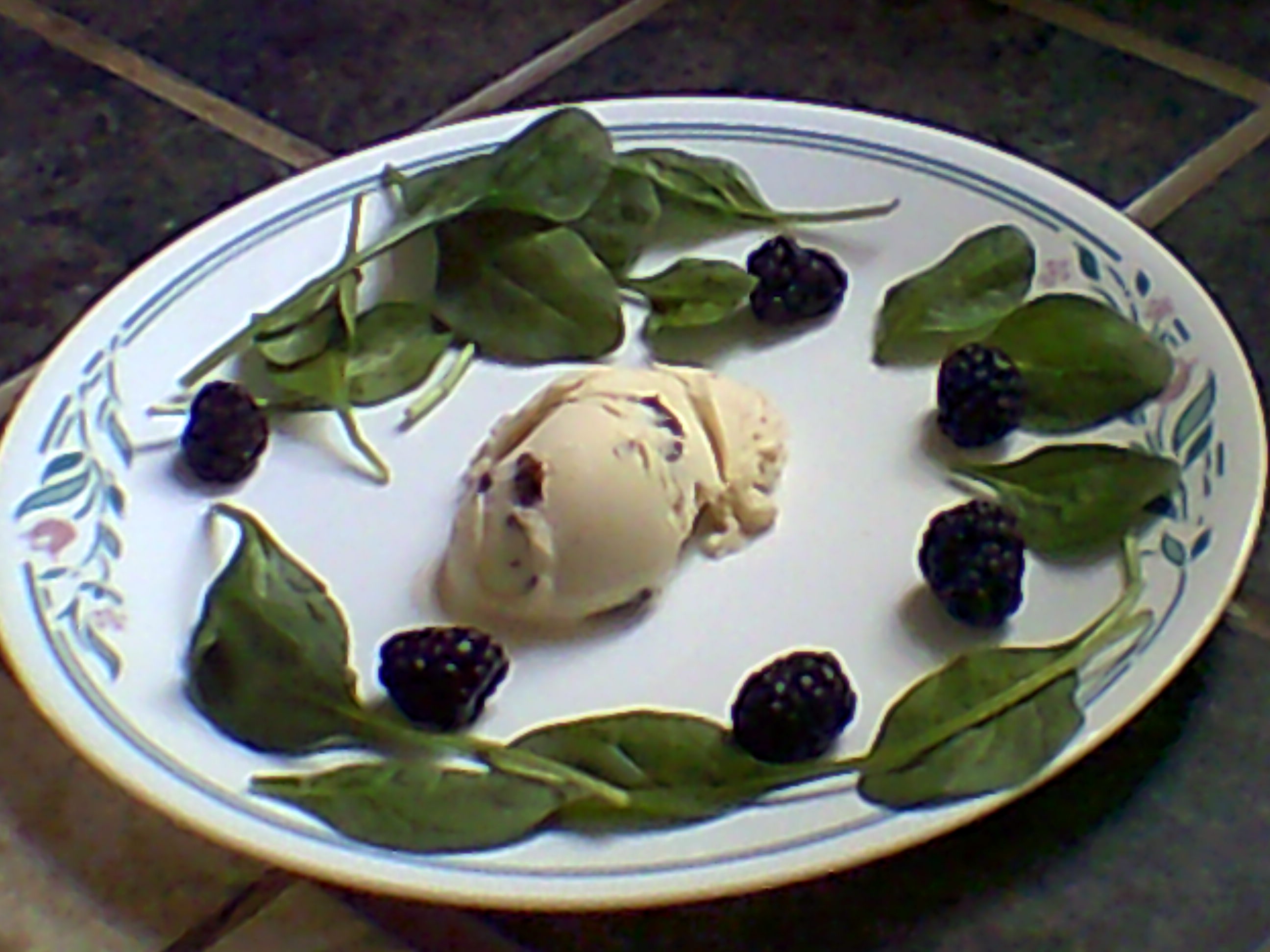When time gets the best of you…
I confess I’ll always be a last-minute shopper. I once had apps to vet and source good food for me. When I moved, I lost track of them, and now it seems I don’t even have the time for food websites and deliveries. I’ve abandoned all hope of “setting up my cart” or my “preferences” or digesting another foodie newsletter. But luckily, a dash of experience and a touch of adventure have helped me health-up my food purchases on the fly. Here’s what’s worked for me.
1) Cultivate your taste buds – home grown does it
Most of us have that one spring fever day when we have to do something in the yard. I seize that day to plant veggies. Even a disappointing garden of only a few scraggly vines that produce veggies can provide the tastes that make your food shopping savvy for years to come. Start with Heritage Seeds – the ones humans were planting before high-yield seed-designers got to them. I’ve done a lot of heritage gardening, and it has taught me the taste of freshness. I also know which taste trade-offs I’m willing to make for longer shelf life. I’ve tasted the dripping sweet juice of fresh Heritage tomatoes – raw, right off the vine. But I can sacrifice some flavor if I intend to drown a tomato in balsamic vinegar. I’ve tasted the thick, bitter greenness of fresh spinach. But I know it’s almost impossible to get the crunch of dirt completely out of that crinkled leaf.
The real benefit of my past gardening is that I trust my fresh-food taste buds to be fairly discriminating. Without some grounding in flavor, I would be completely baffled by the parade of ever-new produce varieties at my local grocery store – like the flavorless green confetti that passes for spinach, or the “tropical” fruit that never ripens, just turns a brown shade of rubbery.
I recently bought a box of black raspberries that tasted like flavored gelatin with seeds. I’m sure the seeds will go next (isn’t that disappearing fiber the whole point of eating berries?). If someone wants to tell me what Franken-farmer I have to thank for eviscerating my blackberries, feel free. I don’t have time to investigate. Anyway, I’ve decided the industry is on an asymptotic path to turn fruit into self-replicating gummies.
2) No matter how busy – stop at the firewall
I’m not a fan of stores. So you’d think I would carefully research my purchases before heading into one. But that would mean making time and planning ahead. Instead, I procrastinate my product research until I slam straight into the point of purchase. Suddenly, when I’m about to toss the product in the cart, some realization dawns: I’ve arrived at the last gateway before nutritional hell.
That’s when I read the labels – every label, end to end. Whatever this syndrome is called, I think food merchandisers are onto it because they fight hard to keep important facts off these labels. They know that the product’s Ingredient List is the concerned shopper’s D-moment – “D” for desperate, the hour of delayed conscientiousness.
By all means support the “GMO labeling movement” for me because I probably won’t be able to make time for that either. My spare moments are consumed deep-diving into the product ingredient list. It may drag me back to dust off facts from ancient chemistry classes. Or maybe I just go by sound. But no matter what I can decipher from the list, I count on the litany of chemicals and unlikely additives to jar something visceral. It’s this horror-genre literature that will give me one last chance to make a good food choice.
3) Shop the perimeter – unless…
According to nutritionists, we should shop around the perimeter of a supermarket. That’s where the fresh food lies. As you move into the center aisles, they tell us, you have now entered The Processed Zone. If I enter that zone, I am deliberately intending to adulterate my innards.
While I don’t care for food that overdoes the trusty, addictive standbys – sugar, salt, fat, carbs – I’m not a total purist. For instance, I’m not above venturing into the Processed Zone for, let’s say, Sweet Southern Hot Potato Chips, with which I can nicely cover four unhealthy, addictive food groups at once.
But when it comes to ice cream, I am a purist. I’ll take the cow fat and some sugar – that’s what ice cream’s about, right? – but no gums, no guars, no corn syrup, please.
You won’t be surprised to learn how difficult it is to find packaged ice cream without these fillers in it. In fact, it’s so difficult that every time I see a new brand, I rush to read the label – be it ice cream, frozen yogurt, or gelato. But the newer the product, it seems, the longer the ingredient list. After guar, gum, and syrup, come a whole new generation of substitutes. Some contain trendy tropical vegetation I have to go research (not going to happen). Others contain more multisyllabic chemical names in Latin.
I get the industry’s argument about adding thickeners to prevent freezer burn. I’ve made my own ice cream, so I know how hard it is to get and maintain the right consistency. But the trouble with making your own is that you also know how good ice cream tastes with just the few, pure ingredients. (I guess this loops us back to method #1: Start with home grown).
4) Adventure breeds new discovery
Apart from reading labels, my willingness to be a bit adventurous (“try anything once”) has led me to some great finds. I’m not a brand promoter – except when a brand swims upstream to do something right. And two brand discoveries come to mind here because they fly in the face of the brands’ reputations. As anecdotal examples, they suggest that the world of food is in flux all the time, and you can never assume.
First, of late, I’ve found some amazing fresh food products at Walmart. Perhaps someone can tell me what this is about because I don’t have time to research it. Despite its reputation as a budget store, Walmart seems to be using their mega purchasing clout to make healthy waves.
For example, I eat a lot of nuts – simple, no-prep, on-the-go protein. Frustrated by stale-tasting brands, I often settle for raw peanuts. (OK, they’re legumes, but it’s still protein.) And then to my surprise, I found wonderful, fresh-tasting packaged nuts at Walmart – nuts not roasted so long they’re dehydrated, not so salty you have to wipe them off to eat them. There’s always some new surprise reward for an adventurous trip to Walmart these days. I have found fresh turmeric root, juicy mangoes, and avocados without that soggy, defrosted consistency.
Second, and also contrary to reputation, Haagen-Dazs is one of the few ubiquitous ice cream brands that offer just the basic ingredients of ice cream. Ever since it was revealed that Haagen-Dazs was not some fancy European company but the product of Brooklyn, New York, the brand became synonymous with imposter, all fancy marketing and high prices, no substance. Of course I’ve noticed how their packaging (but not their pricing) continues to shrink every time you look at it (hidden inflation, as they say). But Haagen-Dazs has actually held firm on quality all these years. I will add that only certain flavors contain the pure ingredient list, as mentioned. Vanilla is pure. But Vanilla Swiss Almond contains corn syrup.
And then, along comes Rum Raisin. I have saved this most delicious find for last. As with vanilla, the Rum Raisin ingredients are simply your grandma’s old cream, skim milk, cane sugar, egg yolks – plus rum raisins and rum. What’s not to love?


